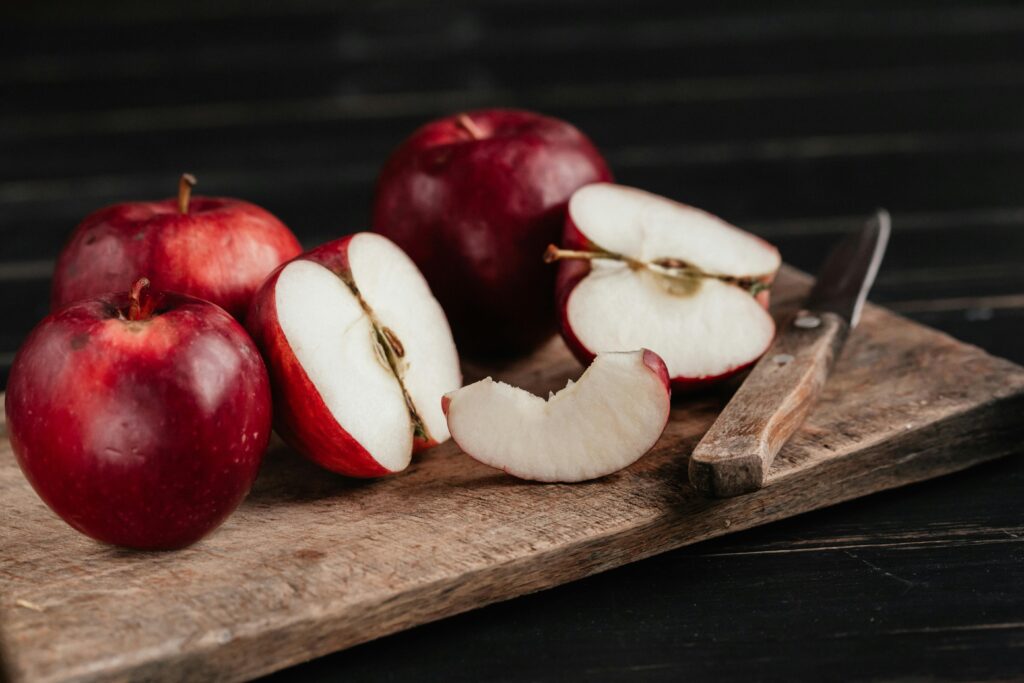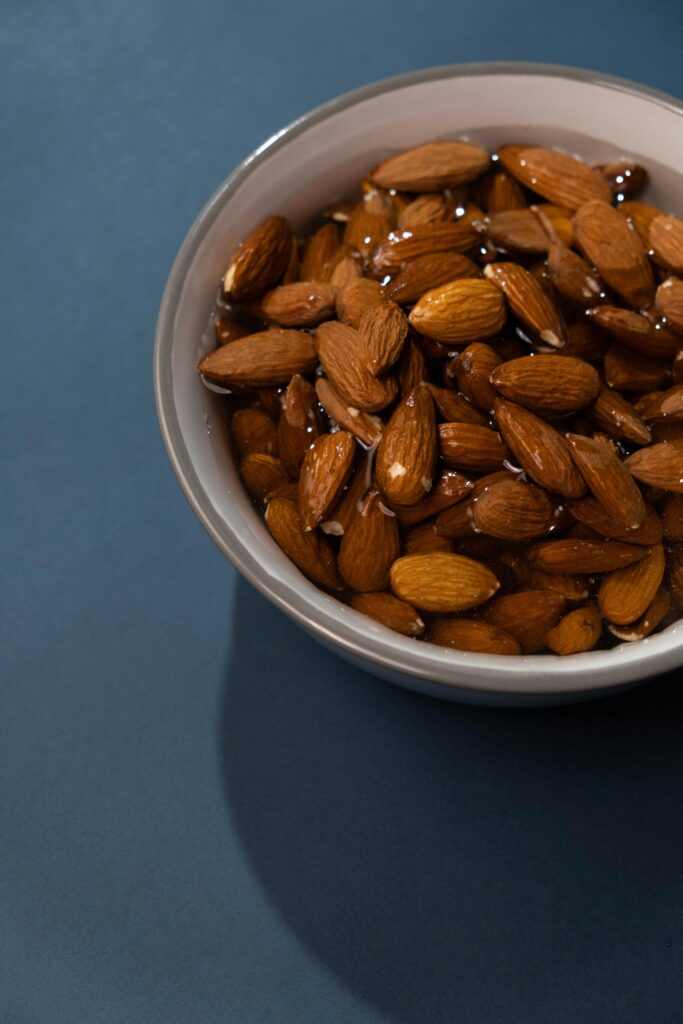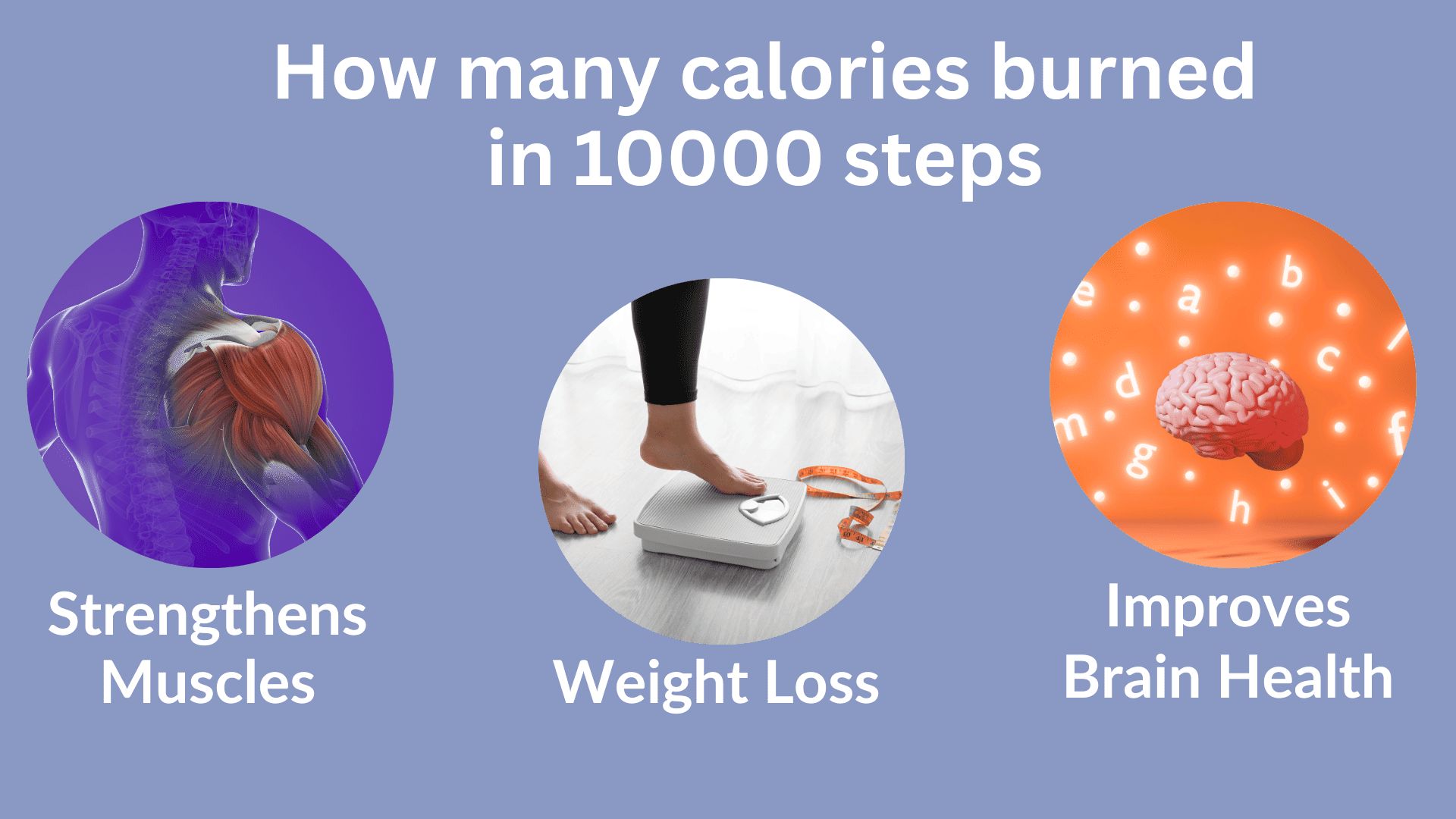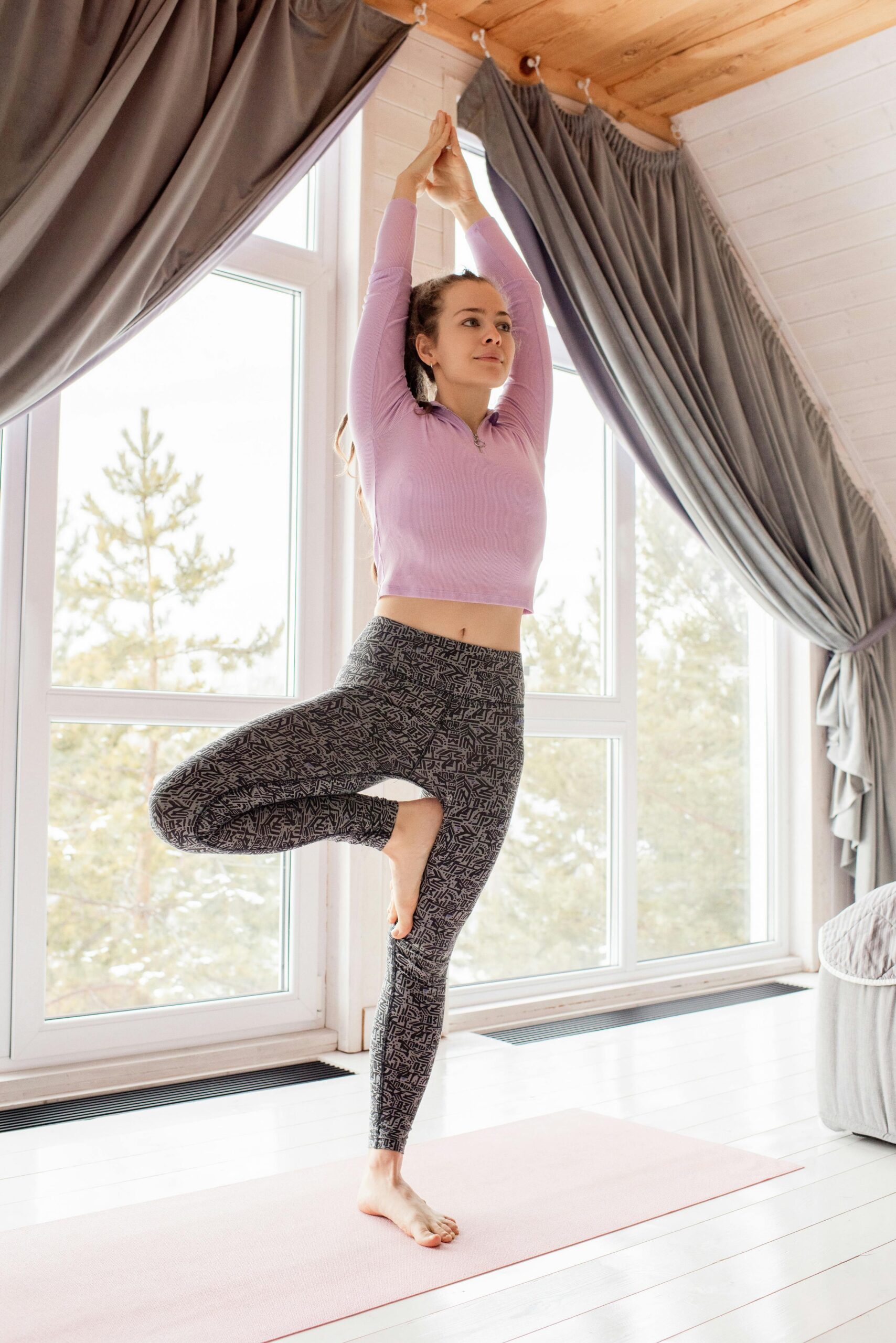Health, Wellness & Mental Well-Being
Benefits of Apples : A Complete Guide to the World’s Most Popular Fruit

Introduction
The saying “An apple a day keeps the doctor away” is not just a proverb it is supported by science. Apples are among the world’s most popular fruits because they are nutritious, delicious, affordable, and available throughout the year. Packed with vitamins, antioxidants, fiber, and minerals, apples provide countless health benefits that support your heart, brain, skin, digestion, immunity, and weight loss journey.
In this detailed guide, we will explore the top benefits of apples, their nutritional value, best ways to eat apples, scientific research supporting their health effects, and possible side effects or precautions. Whether you are a student, health-conscious adult, or simply curious, this blog will help you understand why apples deserve a daily place in your diet.
Nutritional Value of Apples
A medium-sized apple (about 182 grams) provides:
| Nutrient | Amount |
|---|---|
| Calories | 95 kcal |
| Carbohydrates | 25 g |
| Dietary Fiber | 4.4 g |
| Sugars | 19 g |
| Protein | 0.5 g |
| Fat | 0.3 g |
| Vitamin C | 14% of daily value |
| Vitamin A | 2% DV |
| Potassium | 195 mg |
| Vitamin K | 5% DV |
| Antioxidants | Quercetin, Catechin, Chlorogenic Acid |
Benefits of Apples are low in calories, high in fiber, and packed with water making them ideal for both nutrition and weight loss.
Top 12 Health Benefits of Apples
1. Supports Heart Health
Apples are excellent for your heart. They contain soluble fiber, which helps lower bad LDL cholesterol levels. They are also rich in polyphenols and antioxidants like quercetin, which reduce inflammation and protect blood vessels.

- Apples help prevent plaque build-up in arteries.
- Lower cholesterol reduces the risk of stroke and heart attack.
- Antioxidants protect the heart from oxidative stress.
Scientific fact: A study published in the American Journal of Clinical Nutrition showed that apple consumption is linked to a lower risk of cardiovascular diseases.
2. Helps in Weight Loss
Looking to lose weight in a natural way? Apples are the perfect fruit.
- They are low in calories but high in fiber, keeping you full for longer.
- The high water content makes apples volumetric food, meaning you feel satisfied without overeating.
- Eating apples before meals can reduce total calorie intake.
Research shows that individuals who regularly eat apples weigh less and have lower risks of obesity.
3. Improves Digestion
Benefits of Apples contain pectin, a type of soluble fiber that works as a natural prebiotic. Prebiotics feed the good bacteria in the gut, leading to better digestion.
- Prevents constipation and diarrhea
- Promotes smooth bowel movement
- Supports overall gut microbiome
Having one apple daily helps maintain a healthy digestive system.
4. Boosts Immunity
Apples are rich in Vitamin C, antioxidants, and phytochemicals that boost the immune system.
- Vitamin C strengthens immune defenses.
- Flavonoids reduce inflammation and support the body’s natural healing process.
- Apple skin contains quercetin, which helps regulate the immune response.
This makes apples especially beneficial during flu or seasonal changes.
5. Good for Diabetics
Apples have a low glycemic index and high fiber content, which helps regulate blood sugar levels.
- Fiber slows sugar absorption into the bloodstream.
- Polyphenols in apples improve insulin sensitivity.
- Regular consumption reduces the risk of type 2 diabetes by up to 28%.
However, diabetics should consume apples without adding sugar or sweeteners.
6. Promotes Healthy Skin
Want glowing skin? Benefits of Apples can help.
- Rich in Vitamin C, which helps in collagen production.
- Antioxidants fight free radicals and prevent premature aging.
- Apple extracts are often used in face masks for hydration and skin brightening.
Drinking fresh apple juice and eating apples regularly results in clearer and smoother skin.
7. Enhances Brain Health and Memory
Apples have been linked to better brain function, memory, and protection against neurodegenerative diseases like Alzheimer’s.
- Quercetin in apples protects brain cells from oxidative stress.
- Apples increase the production of acetylcholine, a chemical responsible for memory and nerve function.
- Older adults who consume apples show improved cognitive abilities.
8. Reduces the Risk of Cancer
Several studies show that apples may reduce the risk of various cancers such as breast, colon, and lung cancer.

- Polyphenols stop cancer cell growth.
- Antioxidants protect DNA from damage.
- Fiber helps remove toxins from the body.
Researchers believe apples should be considered part of a cancer-preventive diet.
9. Strengthens Bones
Benefits of Apples contain calcium, potassium, and antioxidants that support bone density.
- Helps prevent osteoporosis (weak bones).
- Quercetin and flavonoids reduce bone inflammation.
- Women who eat apples regularly have stronger bones according to studies.
10. Improves Lung Health
Regular consumption of apples may improve lung function and lower the risk of asthma.
- Apples contain flavonoids and antioxidants that reduce lung inflammation.
- Vitamin C protects the respiratory system.
- People who eat apples regularly have better lung capacity.
11. Keeps Teeth and Gums Healthy
Eating apples stimulates saliva production, which reduces bacteria and prevents bad breath.
- The natural sweetness satisfies cravings without harming teeth.
- The crunchy texture helps clean teeth surfaces.
- Apples reduce the risk of tooth decay when eaten without sugar or caramel.
12. Hydrates the Body
Apples are made of almost 86% water, making them an excellent hydrating snack.
- Keeps skin hydrated
- Prevents dry lips and fatigue
- Helps maintain electrolyte balance
Best Ways to Eat Apples
| Method | Benefits |
|---|---|
| Eating raw with skin | Maximum fiber, vitamins, antioxidants |
| Apple slices with peanut butter | Protein + fiber combo |
| Apple smoothies | Great for breakfast or post-workout |
| Apple salad | Mix with walnuts, honey, and yogurt |
| Baked apples with cinnamon | Warm, healthy dessert |
| Apple cider vinegar | Improves digestion and weight loss (diluted) |
Tip: Always wash apples properly to remove pesticides. Organic apples are the best option when available.

Possible Side Effects and Precautions
While apples are generally safe, you should be aware of a few precautions:
- Apple seeds contain amygdalin, which can release cyanide in large amounts. Avoid eating seeds.
- Commercial apples may contain pesticides, so wash thoroughly.
- People with fructose intolerance or IBS may experience bloating or gas.
- Apple juice has high sugar and low fiber best to eat whole fruit.
Conclusion
Benefits of Apples are not just tasty they are a powerhouse of nutrition. They support heart health, digestion, immune system, skin glow, brain function, weight loss, and much more. Including an apple in your daily diet is one of the simplest and most natural ways to stay healthy.
Truly, “An apple a day keeps the doctor away” is backed by science. So the next time you look for a quick snack, choose an apple and enjoy its delicious and powerful health benefits.
Frequently Asked Questions (FAQ)
1. How many apples should I eat per day?
One to two apples per day is healthy for most people.
2. Are apple skins safe to eat?
Yes! Apple skin contains most of the fiber and antioxidants. Just wash them properly.
3. Can apples help in weight loss?
Yes. Apples are high in fiber and low in calories, which helps you feel full longer.
4. Is apple juice as healthy as whole apples?
No. Juice lacks fiber and has more sugar. Whole apples are healthier.

5. What is the best time to eat an apple?
Morning or before lunch is ideal. It boosts digestion and energy.
Health, Wellness & Mental Well-Being
Top Benefits of Almonds for Brain Health : A Complete Guide

Almonds, often known as the “king of nuts,” are not just delicious snacks but also powerful brain boosters. Packed with essential nutrients like omega-3 fatty acids, vitamin E, antioxidants, and minerals, almonds play a significant role in improving memory, focus, and overall brain function. In this blog, we’ll explore how almonds support mental health, boost brain power, and why adding them to your daily diet is a smart choice.
1. Nutrients in Almonds That Support Brain Health
Almonds are rich in:
- Vitamin E – Protects brain cells from oxidative stress and aging.
- Omega-3 Fatty Acids – Enhances cognitive function and supports nerve health.
- Magnesium – Essential for brain-to-nerve communication and calmness.
- Riboflavin & L-carnitine – Improve memory and reduce the risk of cognitive decline.
- Antioxidants – Help prevent cellular damage and keep the brain active.
2. Top Brain Benefits of Eating Almonds
Boosts Memory & Learning Ability
Almonds contain riboflavin and L-carnitine, which help in the growth of brain cells and boost memory retention. Regular consumption can enhance learning ability in both children and adults.
Protects from Cognitive Decline
The high vitamin E content protects brain cells from damage caused by free radicals, reducing the risk of Alzheimer’s and dementia.
Enhances Brain Function & Concentration
Almonds provide steady energy to the brain due to healthy fats and magnesium, helping improve focus, concentration, and problem-solving skills.

Supports Mental Calmness & Reduces Stress
Magnesium in almonds helps relax the nervous system and lowers stress hormones, promoting calmness and better sleep – essential for a sharp mind.
Improves Mood and Brain Chemistry
Almonds have tryptophan and healthy fats, which help in serotonin production – a chemical responsible for happiness, mood stability, and emotional well-being.
Helps in Brain Development in Children
Almonds are traditionally soaked and consumed in the morning to support children’s memory and brain development. They aid in improving concentration and exam performance.
3. How Many Almonds to Eat Daily for Brain Health?
For maximum benefits, nutritionists recommend:
- 5–10 soaked almonds daily for children.
- 10–15 soaked almonds daily for adults.
Soaking almonds overnight makes them easier to digest and increases nutrient absorption.

4. Best Ways to Add Almonds to Your Diet
- Eat soaked almonds in the morning.
- Add sliced almonds to oatmeal, smoothies, or salads.
- Use almond butter as a healthy breakfast spread.
- Add to homemade granola, energy bars, or desserts.
- Drink almond milk for a nutritious brain-friendly beverage.
5. Almonds vs Supplements – Which Is Better for the Brain?
While there are brain-boosting supplements available, natural almonds offer:
| Benefits | Almonds | Supplements |
|---|---|---|
| Natural nutrients | ✔ | ✖ |
| No side effects | ✔ | ✖ (possible) |
| Antioxidants & healthy fats | ✔ | ✖ |
| Easily available | ✔ | ✔ |
So, almonds are the safer and more nutritious choice.
6. Precautions to Keep in Mind
- Don’t eat almonds in excess – 15–20 almonds/day is enough.
- People with nut allergies should avoid them.
- Choose unsalted and unflavored almonds for health benefits.
Conclusion
Almonds are a natural brain booster that enhance memory, protect against cognitive decline, improve mood, and support mental focus. Simple, affordable, and full of nutrients, adding almonds to your daily diet is a smart move for a healthier brain.
Health, Wellness & Mental Well-Being
How Many Steps a Day to Lose Weight: A Complete Guide to Walking for Fat Loss

Walking is one of the simplest, most effective, and underrated forms of exercise for losing weight. It doesn’t require expensive gym memberships, special equipment, or complex routines. All you need is a comfortable pair of shoes and consistency.
But one of the most common questions people ask is: How many steps a day do you actually need to lose weight? Is it 5,000? 10,000? Or more?
In this comprehensive guide, we’ll break down exactly how many steps you should take daily, how walking burns calories, how to calculate your step goals, and expert tips to make walking a key part of your weight loss journey.
Understanding the Basics: How Walking Helps You Lose Weight
Weight loss happens when you burn more calories than you consume. This concept is known as the caloric deficit. Walking helps create that deficit by increasing your daily calorie expenditure.
When you walk, your body burns energy to move your muscles, pump blood, and maintain your posture. While the calorie burn may seem modest compared to running or high-intensity workouts, walking consistently can lead to significant weight loss over time especially when combined with a healthy diet.
On average:
- A person weighing 70 kg (155 lbs) burns about 150–200 calories by walking 30 minutes at a brisk pace (around 4 mph).
- That equals 100 calories burned every 2,000–2,500 steps for most people.
So, when we talk about steps, it’s really a way of tracking how much energy your body uses throughout the day.
The 10,000 Steps Myth and the Reality Behind It
You’ve probably heard that walking 10,000 steps a day is the magic number for staying fit and losing weight. Interestingly, this number didn’t come from scientific research — it originated from a Japanese marketing campaign in the 1960s for a pedometer called “Manpo-kei,” which literally means “10,000 steps meter.”

However, modern studies have shown that you don’t necessarily need 10,000 steps to see results. The amount of steps you need depends on several factors:
- Your weight and body composition
- Walking speed
- Diet and calorie intake
- Overall activity level
- Your metabolism
For weight loss, consistency and calorie deficit matter more than simply hitting a specific step count.
So, How Many Steps a Day to Lose Weight You Really Need to Lose Weight?
Here’s a general guideline based on science and fitness research:
| Goal | Steps per Day | Estimated Calories Burned (Approx.) | Notes |
|---|---|---|---|
| Maintain weight | 5,000–7,000 | 150–250 | Ideal for basic activity levels |
| Light weight loss | 7,000–9,000 | 250–350 | Suitable for beginners |
| Moderate weight loss | 10,000–12,000 | 350–500 | Promotes steady fat loss |
| Significant weight loss | 12,000–15,000 | 500–700+ | For faster results |
For example:

- Walking 10,000 steps per day burns about 400–500 calories for most people.
- Doing this daily for a week can help you burn around 3,000–3,500 calories, roughly equivalent to 1 pound (0.45 kg) of fat.
That means walking 10,000 steps daily combined with a calorie-controlled diet can help you lose 0.5 to 1 kg (1–2 lbs) per week in a sustainable way.
Converting Steps into Time and Distance
If you prefer to think in terms of time or distance, here’s a simple conversion:
- 1 mile = roughly 2,000 steps
- 10,000 steps = approximately 5 miles (8 km)
- Walking speed:
- Slow pace (3 km/h): 2,000 steps ≈ 25–30 minutes
- Brisk pace (5–6 km/h): 2,000 steps ≈ 15–20 minutes
So, walking 10,000 steps usually takes 75–90 minutes of walking spread throughout the day.
If that sounds like too much, don’t worry. You can break it into smaller chunks such as:
- 3 short walks of 20–30 minutes each
- Walking during breaks at work
- Taking stairs instead of elevators
- Parking farther away from entrances
Small efforts add up!
Calories Burned by Walking: Step-by-Step Example
Let’s calculate how walking affects weight loss with a practical example:
Example person:
- Weight: 70 kg (155 lbs)
- Walking speed: 5 km/h (brisk pace)
- Steps per km: ~1,300
At this pace, you’ll burn around 65–70 calories per km.
Now, if you walk:
- 5,000 steps (~3.8 km) → 250 calories burned
- 10,000 steps (~7.6 km) → 500 calories burned
- 15,000 steps (~11.4 km) → 750 calories burned
If you walk 10,000 steps daily, you could burn 3,500 calories per week, equivalent to about 0.45 kg (1 pound) of fat loss without changing your diet drastically.
Tips How Many Steps a Day to Lose Weight to Reach Your Daily Step Goals
If you’re new to walking or lead a sedentary lifestyle, jumping straight to 10,000 steps might feel overwhelming. Here are some smart tips to gradually increase your steps:
- Start Small, Aim Higher:
Begin with 5,000 steps a day and increase by 500–1,000 steps every week. - Use a Fitness Tracker or Smartphone App:
Devices like Fitbit, Apple Watch, or simple pedometer apps can help track progress and keep you motivated. - Take Short Walking Breaks:
Walk around during phone calls, coffee breaks, or between tasks. - Walk After Meals:
A 10–15-minute walk after eating helps with digestion and blood sugar control. - Use Stairs and Park Farther Away:
These small habits can easily add a few hundred steps to your daily total. - Walk with a Friend or Pet:
Companionship keeps walking enjoyable and consistent. - Listen to Music or Podcasts:
Entertainment makes long walks fly by. - Set a Daily Reminder:
Schedule a specific time for walking consistency is key.
Combine Walking with a Balanced Diet
Walking alone can help you lose weight, but pairing it with healthy eating accelerates the process. Here’s how:
- Avoid sugary drinks and processed foods.
- Eat more vegetables, lean proteins, and whole grains.
- Stay hydrated drink water before and after your walk.
- Monitor portion sizes.
Even if you walk 10,000+ steps, eating excess calories can stall progress. Aim for a moderate calorie deficit (500 calories/day) for sustainable fat loss.
The Role of Walking Speed and Intensity
The faster you walk, the more calories you burn. Try incorporating brisk walking or interval walking to boost results.
Types of Walking:
- Leisure Walking (2–3 mph):
Great for beginners; gentle on the joints. - Brisk Walking (4–5 mph):
Ideal for fat loss and cardiovascular health. - Power Walking (5–6 mph):
Burns nearly as many calories as jogging. - Incline Walking (uphill or treadmill incline):
Engages more muscles especially glutes and calves.
Pro tip: Mix up your routine alternate between brisk and slow walking to challenge your body.

How Long Does It Take to See Results?
If you walk consistently and maintain a calorie deficit, you can expect to see visible results within 3–4 weeks. However, your progress depends on:
- Your starting weight
- Walking pace and duration
- Dietary habits
- Sleep and stress levels
Within 1 month, many people notice:
- Reduced bloating
- More energy
- Slightly looser clothes
- Improved mood and stamina
After 8–12 weeks, steady walking can lead to 3–6 kg (6–12 lbs) of weight loss especially when combined with mindful eating.
Health Benefits How Many Steps a Day to Lose Weight Beyond Weight Loss
Walking isn’t just about burning fat. It offers a long list of physical and mental health benefits:
Improves heart health and blood circulation
Lowers blood sugar and supports diabetes management
Boosts mood and reduces anxiety
Improves sleep quality
Strengthens muscles and bones
Supports joint health
Enhances longevity
In short, walking daily makes you not just slimmer but healthier and happier.
Common Mistakes to Avoid
Even with good intentions, many people don’t see results because of simple mistakes:
- Overestimating calorie burn: Walking helps, but it’s not a license to overeat.
- Walking too slowly: Maintain a brisk pace for maximum benefits.
- Ignoring posture: Keep your back straight and swing your arms naturally.
- Skipping rest days: Recovery matters listen to your body.
- Being inconsistent: Regularity beats intensity every time.
Frequently Asked Questions (FAQ)
1. Can I lose weight by walking 5,000 steps a day?
Yes, especially if you also eat fewer calories. While 5,000 steps may result in slower progress, it’s still beneficial for beginners or those with limited time.
2. Is walking better than running for weight loss?
Running burns more calories per minute, but walking is easier to sustain and has lower injury risk. Over time, consistent walking can be just as effective.
3. Should I walk in the morning or evening?
Any time works. Morning walks can boost energy for the day, while evening walks help relax after work. Choose a time you can stick to daily.
4. How many calories does 1,000 steps burn?
Roughly 40–50 calories, depending on your weight and speed.
5. Do I need to walk all 10,000 steps at once?
No! You can split it into shorter walks throughout the day they all count.
Final Thoughts
Losing weight doesn’t always require extreme workouts or strict diets. Sometimes, simple, consistent walking is all you need. Whether your goal is to shed a few pounds or build long-term fitness, walking provides a practical, sustainable path to success.
Start small, stay consistent, and aim to increase your daily step count gradually. Combine it with mindful eating, and you’ll see step by step how walking transforms not just your body, but your overall well-being.
Health, Wellness & Mental Well-Being
Core Workouts at Home: A Complete Guide to Building Strength and Stability

Introduction
In the fast-paced world we live in today, fitness often takes a back seat due to lack of time, expensive gym memberships, or busy schedules. However, one aspect of fitness that you cannot ignore is your core strength. The core isn’t just about abs it’s about the muscles that stabilize your spine, protect your back, and help you move with balance and power. The best part? You don’t need fancy equipment or a gym membership to build a strong, functional core.
This blog will take you through everything you need to know about core workouts at home, including benefits, top exercises, sample routines, and tips to stay consistent. Whether you are a beginner or a fitness.
Why Core Strength Matters
Before jumping into workouts, it’s important to understand why strengthening your core is essential:
- Improved Posture – A strong core supports your spine and prevents slouching.
- Injury Prevention – Core stability reduces strain on your lower back and joints.
- Enhanced Athletic Performance – From running to weightlifting, your core drives movement.
- Daily Functional Strength – Activities like bending, lifting, or even standing become easier.
- Better Balance and Stability – A stable core reduces the risk of falls and injuries.
Can You Really Build a Strong Core at Home?
Absolutely. Many bodyweight exercises can effectively target the core muscles, including the rectus abdominis (“six-pack”), obliques (sides), transverse abdominis (deep core), and lower back. With consistency and proper form, at-home workouts can be just as effective as gym-based training.
Top Core Workouts at Home
Here are some of the best core exercises you can do without equipment:
1. Plank
- Muscles Targeted: Entire core, shoulders, glutes.

- How to Do It:
- Start in a push-up position with elbows directly under shoulders.
- Keep your body straight from head to heels.
- Engage your core and hold the position.
- Duration: 30–60 seconds.
2. Side Plank
- Muscles Targeted: Obliques, core stabilizers.
- How to Do It:
- Lie on your side with your elbow under your shoulder.
- Lift your hips, forming a straight line from head to toe.
- Hold and switch sides.
- Duration: 20–40 seconds each side.
3. Bicycle Crunches
- Muscles Targeted: Rectus abdominis, obliques.
- How to Do It:
- Lie on your back with knees bent.
- Lift your shoulders and alternate touching elbow to opposite knee in a pedaling motion.
- Reps: 12–20 per side.
4. Mountain Climbers
- Muscles Targeted: Core, shoulders, legs.
- How to Do It:
- Start in a plank position.
- Drive one knee toward your chest, then switch legs quickly.
- Reps: 20–30 per side.
5. Flutter Kicks
- Muscles Targeted: Lower abs, hip flexors.
- How to Do It:
- Lie on your back, hands under your hips.
- Lift both legs slightly off the floor.
- Kick legs alternately in a fluttering motion.
- Duration: 30–45 seconds.
6. Russian Twists
- Muscles Targeted: Obliques, abs.
- How to Do It:
- Sit on the floor, lean back slightly, and lift your feet off the ground.
- Twist your torso side to side, touching the floor with your hands.
- Reps: 15–20 per side.
7. Leg Raises
- Muscles Targeted: Lower abs.
- How to Do It:
- Lie flat with legs extended.
- Slowly lift legs to a 90-degree angle.
- Lower without touching the floor.
- Reps: 10–15.
8. Dead Bug
- Muscles Targeted: Deep core muscles.

- How to Do It:
- Lie on your back, arms extended upward, legs bent at 90 degrees.
- Extend opposite arm and leg simultaneously, then switch sides.
- Reps: 10–12 per side.
9. Superman Hold
- Muscles Targeted: Lower back, glutes, core stabilizers.
- How to Do It:
- Lie face down, arms extended forward.
- Lift arms, chest, and legs off the floor.
- Hold for 20–40 seconds.
10. Bird Dog
- Muscles Targeted: Core, lower back, glutes.

- How to Do It:
- Start on all fours.
- Extend opposite arm and leg outward.
- Hold briefly, then switch sides.
- Reps: 10–12 per side.
Sample Core Workout Routines at Home
Here are three sample routines depending on your fitness level:
Beginner Routine (15 Minutes)
- Plank – 20–30 seconds
- Bicycle Crunches – 12 reps per side
- Bird Dog – 10 reps per side
- Superman Hold – 20 seconds
- Rest 30 seconds and repeat 2–3 times.
Intermediate Routine (20 Minutes)
- Side Plank – 20 seconds per side
- Mountain Climbers – 20 per side
- Russian Twists – 15 per side
- Flutter Kicks – 30 seconds
- Leg Raises – 12 reps
- Rest 45 seconds and repeat 3–4 times.
Advanced Routine (25–30 Minutes)
- Plank – 60 seconds
- Bicycle Crunches – 20 per side
- Mountain Climbers – 30 per side
- Side Plank with Hip Dips – 15 per side
- Flutter Kicks – 45 seconds
- Russian Twists – 20 per side
- Rest 1 minute and repeat 3–5 times.
Tips for Effective Core Training at Home
- Focus on Form – Quality matters more than quantity.
- Consistency is Key – Aim for 3–4 core workouts per week.
- Pair with Cardio – Combine core exercises with cardio for fat loss.
- Don’t Forget Nutrition – Abs are made in the kitchen; eat a balanced diet.
- Progress Slowly – Increase reps, sets, or duration over time.
Common Mistakes to Avoid
- Holding your breath instead of breathing steadily.
- Using momentum instead of muscle engagement.
- Overtraining abs daily without allowing rest.
- Ignoring the lower back and oblique muscles.
- Expecting “six-pack abs” overnight.
Benefits of At-Home Core Workouts
- Cost-Effective: No gym fees or equipment needed.
- Time-Saving: Can be done in 15–30 minutes.
- Flexibility: Train anytime, anywhere.
- Scalable: Suitable for beginners to advanced levels.
- Full-Body Benefits: Improves overall fitness, not just aesthetics.
FAQs on Core Workouts at Home
1. How often should I train my core at home?
3–4 times a week is ideal, allowing a day of rest between sessions.
2. Do I need equipment for core training?
No, most effective core exercises use only bodyweight. You can add dumbbells or resistance bands later for progression.
3. Can core workouts alone give me abs?
Not exactly. Visible abs require fat loss, which comes from a mix of diet, cardio, and strength training.
4. Are core workouts safe for beginners?
Yes, start with low-intensity exercises like planks, bird dog, and dead bug, then progress gradually.
5. How long does it take to see results?
Consistency is key. Most people notice improved strength and posture within 4–6 weeks.
Conclusion
Building a strong core doesn’t require a gym membership or expensive machines. With bodyweight exercises like planks, leg raises, and Russian twists, you can train effectively at home. Core workouts not only give you toned abs but also improve balance, posture, and overall health.
Start small, stay consistent, and gradually challenge yourself. In just a few weeks, you’ll notice the difference not just in how your body looks, but in how it feels and performs.
So roll out your mat, clear some space, and start your journey to a stronger core right at home!
-

 Fashion3 months ago
Fashion3 months agoThese ’90s Fashion Trends Are Making a Big Comeback in 2025
-

 Fashion3 months ago
Fashion3 months agoTop Fashion Trends to Follow in August 2025
-

 How-To Tutorials & Troubleshooting3 months ago
How-To Tutorials & Troubleshooting3 months agoHow to Fix Missing Pantone Color Books in Adobe Illustrator 2024-2025 (Free and Easy Method)
-

 Entertainment3 months ago
Entertainment3 months agoTrending Soundtrack: “KPop Demon Hunters”
-

 Entertainment3 months ago
Entertainment3 months agoSquid Game Season 2: Deadlier Games, Deeper Secrets & Darker Drama




